In the search for extraterrestrial life Chinese scientists have come up with a new idea: instead of looking for water, they suggest searching for minerals called serpentines to uncover clues about habitable worlds.
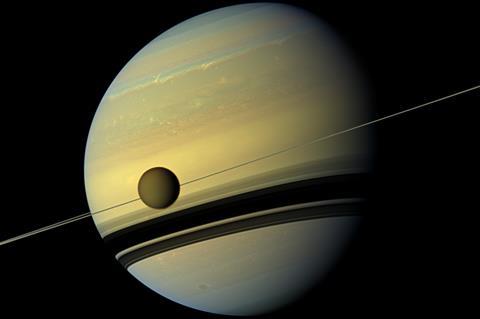
‘Space Agencies [look for] a specific diagnostic that has an important role in life, with “following the water” being the most famous – but by no means the only – indication,’ writes the team led by Wei Lin and Jianxun Shen of the Chinese Academy of Sciences. ‘The use of only one life-essential element has limitations.’
Serpentines are a group of minerals with the general formula (X)2-3(Y)2O5(OH)4, where X can be magnesium, iron, nickel, aluminium, zinc or manganese, and Y is typically silicon, aluminium or iron. ‘They are typically the product of hydrothermal reactions, indicating the presence of liquid water and relatively warm temperatures,’ says Shen.
Serpentines form when igneous rocks, rich in minerals like olivine and orthopyroxene, undergo chemical reactions with water – a process known as serpentinisation. This not only transforms the original rock into serpentine-rich formations but also produces hydrogen as a significant byproduct – a key ingredient that fuels microbial life in subsurface environments on Earth.
‘The presence of serpentine gives clues to the presence of a variety of life-essential compounds, energies and preservation conditions,’ explains Shen. ‘A site with abundant serpentine minerals may provide habitable conditions for extraterrestrial life.’
Serpentines are widespread in our solar system, appearing on Earth, Mars, asteroids, meteorites and possibly on Jupiter’s moons Europa and Enceladus, as well as Saturn’s moon Titan. Their presence is hinted at by the detection of hydrogen in the atmospheres of these celestial bodies.
‘Serpentinisation contributes to the synthesis of organic compounds in meteorites, icy worlds, deep oceans, hydrothermal vents, geothermal fields and many more,’ says Shen. In fact, the byproducts of serpentinisation – hydrogen, methane and ammonia – are the starting materials used in the landmark Miller-Urey experiment, which showed that life’s building blocks can form abiotically. Similarly, experiments have shown that amino acids can form in iron oxyhydroxide mineral systems under the redox and pH gradients created by such processes.
‘Life would benefit from the nutrient and energy stock generated by serpentinisation,’ comments Dirk Schulze-Makuch at the Technical University Berlin who was not involved in the study. But is the presence of serpentines enough to identify habitability and the potential presence of life on other planets? Other factors have to be considered,’ says Schulze-Makuch. ‘For example, whether the necessary organics are present. But also the environmental context, such as the presence of [the necessary] redox gradients for the chemical reactions to occur.’
Lin and Shen propose using various spectroscopic techniques to detect off-world serpentines and their byproducts, providing clues that could point to habitable environments. However, they acknowledge that while these findings might suggest the potential for life, they wouldn’t necessarily confirm its existence.
‘Are methane, organic matter, ammonia, phosphorus, magnetite and carbonate minerals on celestial bodies sourced from serpentinisation or other abiotic planetary processes?’ they write.
This approach to the search for life would require more hands-on experimentation to draw concrete conclusions. ‘Unfortunately, most serpentines would be expected to exist in the subsurface, inside the rock columns,’ explains Schulze-Makuch. ‘The only direct application I see would be for Mars, much less so for the icy moons, and pretty much impossible for exoplanets with current or near-future technology.’
However, this doesn’t completely rule out serpentines in the quest for life. Lin and Shen say they could help guide future landing sites on Mars or, perhaps one day, on icy moons. With sample return missions now a realistic possibility – such as the successful return of samples from the asteroid Ryugu in 2020 – there’s hope that more advanced instrumentation on Earth could be used to analyse serpentines in greater detail.
‘We hope that [our perspective] will not only help shape future planetary missions aimed at detecting life but also inspire the research community to explore the conditions [that could support life in serpentine-rich environments],’ they concluded.
References
J Shen et al, Nat. Astron., 2024, 8, 1230 (DOI: 10.1038/s41550-024-02373-x)





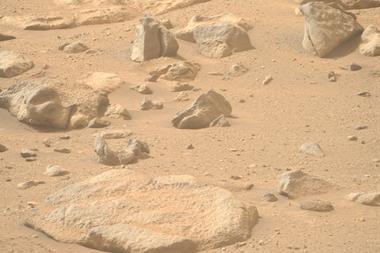




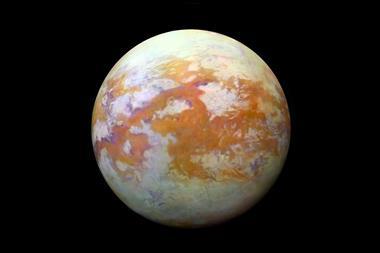
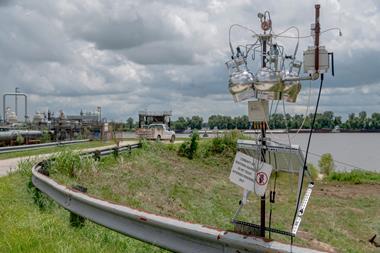

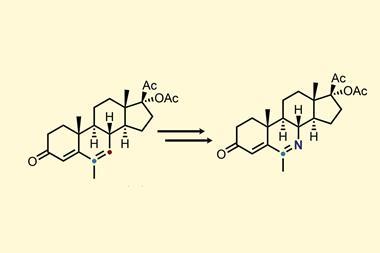



No comments yet